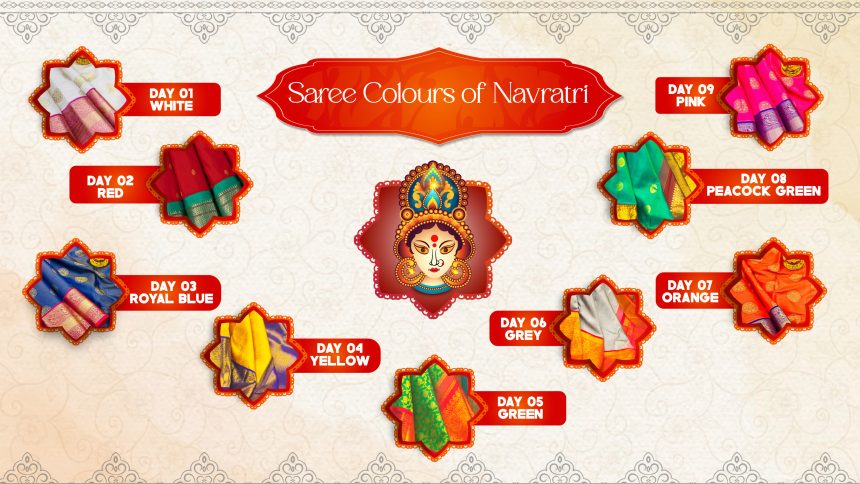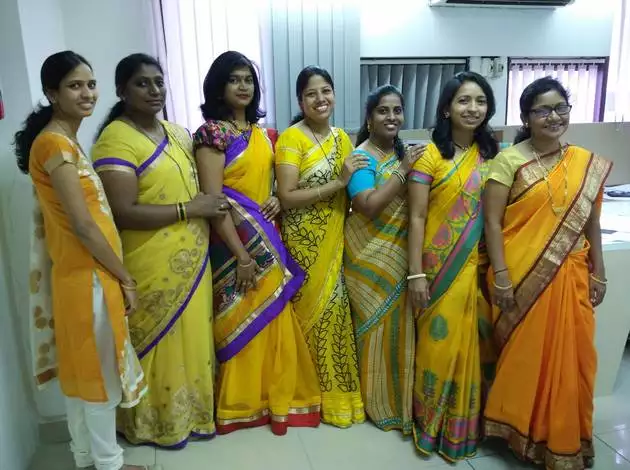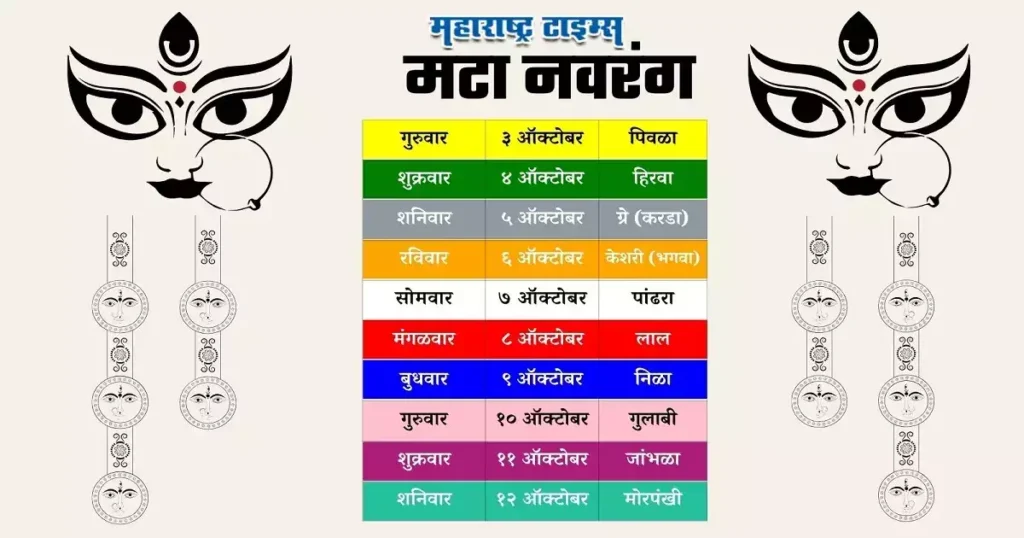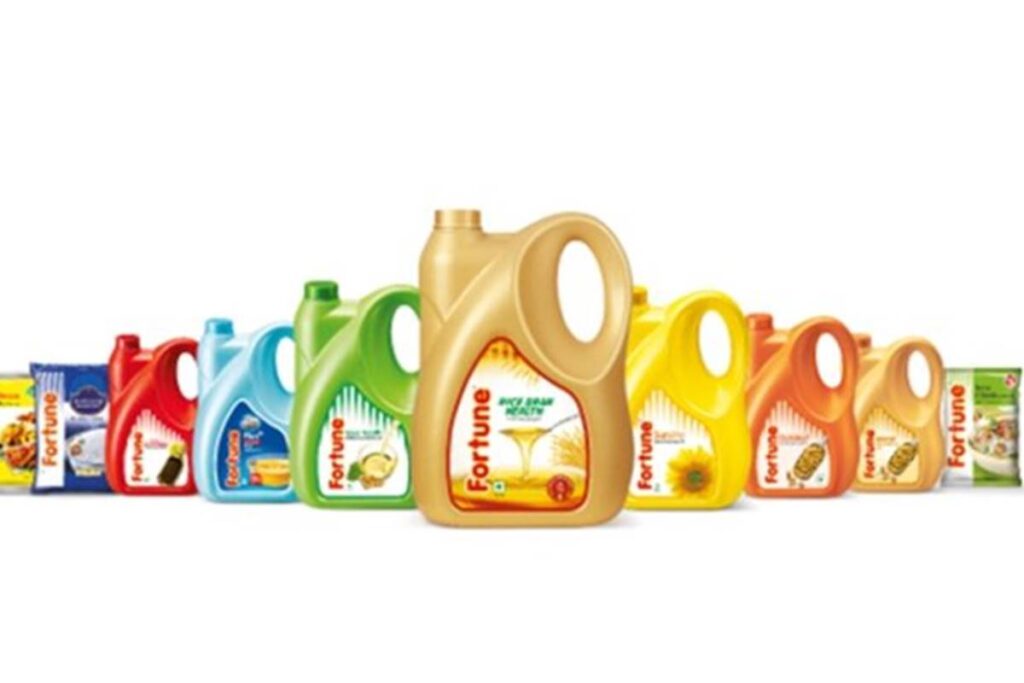At Navratri, A Marketing Ploy Dictates What Ladies Wear!

To boost the circulation of Maharashtra Times, a marketing activity was conducted to associate each day with a colour
If you’ve ever been to Mumbai during Navratri, you’ve probably noticed women dressed in specific colours each day, embracing a trend that has woven itself into the fabric of the city’s festive culture. However, many don’t realize that this popular tradition wasn’t always part of Navratri’s celebration—it began as a marketing strategy by the Maharashtra Times (MT) newspaper in 2003.
At the time, MT, a Marathi daily owned by Bennett Coleman, was struggling in circulation compared to its longstanding competitor, Loksatta, published by The Indian Express group. Loksatta had held a strong lead for decades, especially with female readers, while MT was viewed as a “masculine” newspaper. Bharat Kumar Raut, who had taken over as editor, faced criticism for simplifying the paper’s content. However, he aimed to boost readership and knew he had to appeal to women to close the readership gap.
After considerable brainstorming, the MT team devised a unique strategy for Navratri, a festival centred around the goddess and celebrated widely across India, particularly in Maharashtra. The idea? Encourage women to wear a specific colour each day of the nine-day festival, making fashion an integral part of the celebration. The underlying assumption was that women would be drawn to the concept of showcasing new outfits and colours daily, especially if it were presented as a fun social custom.


Nine colours were selected for the nine days of Navratri, though these weren’t originally tied to any religious traditions. To enhance the cultural connection, MT associated each colour with a different goddess, giving each day a symbolic meaning. For example, on Ashtami, a day traditionally dedicated to the goddess Durga, red was assigned as the colour of the day. The newspaper would print images of successful women wearing the colour of the day alongside a bold announcement, “Today’s Colour – Red,” paired with a story on the goddess’s significance and a feature on the woman.
The campaign targeted “middle-class working women,” encouraging them to wear the day’s colour at work and send photos to the newspaper. MT allocated pages specifically to showcase these reader-submitted photos, creating a sense of community and participation.

As the trend gained momentum, the impact was surprising. For example, the Nurses’ Union at Breach Candy Hospital insisted on joining in, initially causing concern among management about brightly dressed nurses in operating rooms. Eventually, the nurses were allowed to wear colourful dupattas over their uniforms, an early sign of how widespread the trend was becoming.
Following this unexpected popularity, MT doubled down on the idea, organizing floats featuring the colour of the day in middle-class neighbourhoods, inviting women to participate in contests, and awarding prizes. Winners’ photos, often draped in saris of the featured colour, would be published in the following day’s paper, further cementing the colour trend in Mumbai’s social calendar.
In a bold move, MT even included white as a daily colour, despite its usual association with mourning rather than festivity. Yet, women wore white without hesitation, feeling validated by the “social approval” created by MT’s campaign.
Through these efforts, the Maharashtra Times rose to become the leading Marathi newspaper in Mumbai within a year. Its multi-faceted strategy, combining colourful visual appeal, culturally resonant themes, and reader engagement, helped MT surpass Loksatta’s Mumbai edition and even exceed the circulation of all The Indian Express editions combined.



